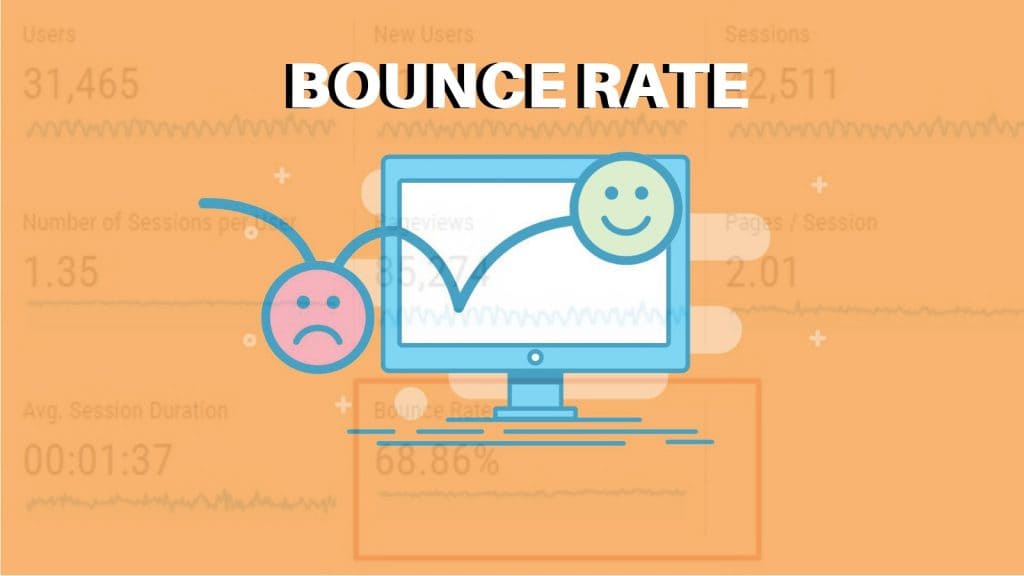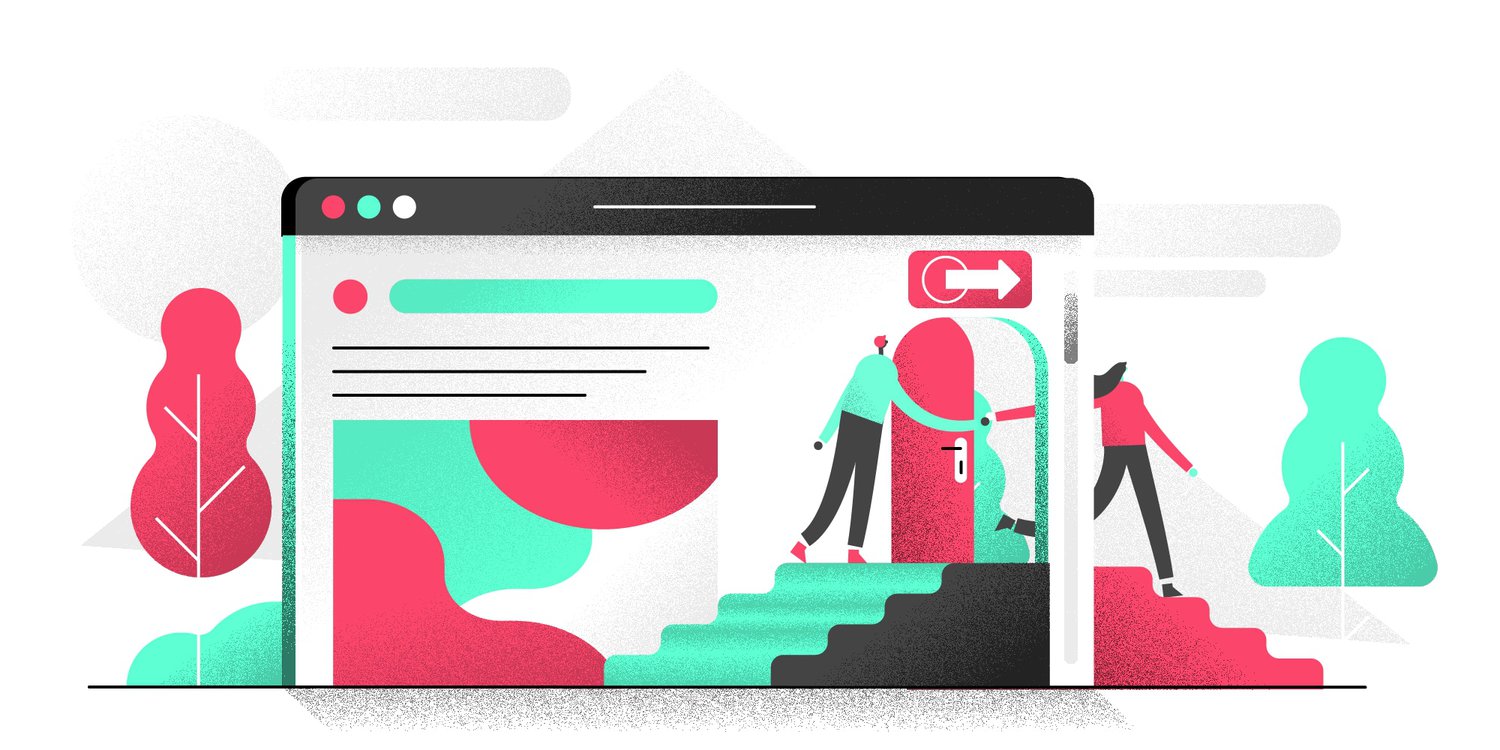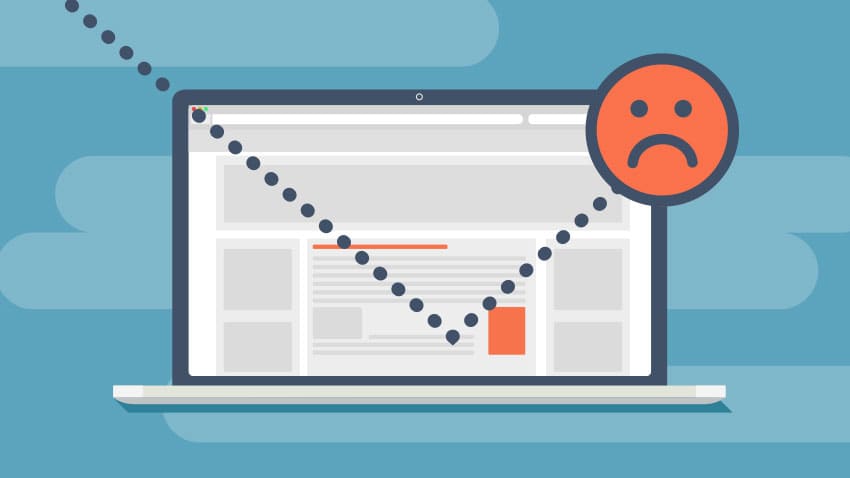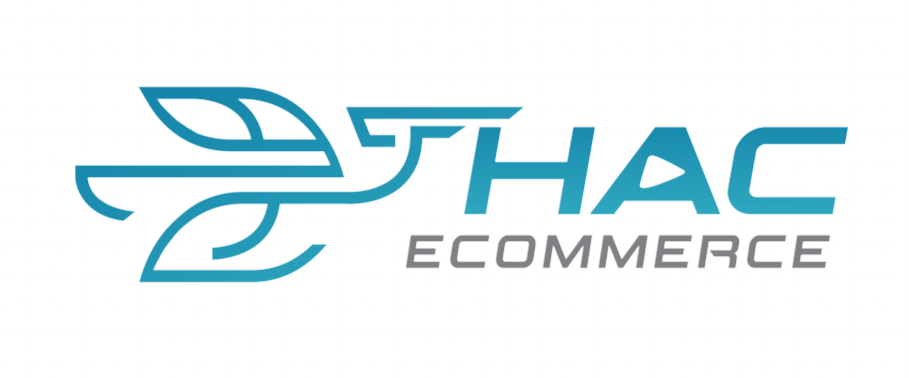Turn Browsers into Buyers: How to Optimise Bounce Rate in E-commerce
How to Optimise Bounce Rate in E-commerce? In the fiercely competitive world of e-commerce, attracting visitors to your website is just the beginning. The real challenge lies in retaining them and turning casual browsers into potential — and eventually loyal — customers. The bounce rate is one of the most critical metrics for measuring website effectiveness and user experience.
So, what exactly is bounce rate, and why is it so crucial? Simply put, bounce rate measures the percentage of visitors who view only a single page on your site and leave without taking any further action. A high bounce rate may indicate several issues, from poor user experience to irrelevant content.
But don’t worry! Bounce rate optimisation is entirely within your reach. In this article, Hac E-commerce reveals actionable strategies to help you turn web traffic into valuable conversions.

What Is Bounce Rate?
Bounce rate refers to the percentage of users who land on your website and exit after viewing only one page, without clicking on anything else — no interactions, no purchases, no form submissions.
Example: A user views a product page but doesn’t add to cart, explore other pages, or interact with the site. They simply leave — that counts as a bounce.
What Is Considered a “High” Bounce Rate?
While bounce rate benchmarks vary by industry and page type, here are general e-commerce guidelines:
- Below 30% – Excellent
- 30–50% – Good
- 50–70% – Needs Improvement
- Above 70% – Red Flag! Immediate action required
Common Causes of High Bounce Rates

- Slow Page Load Speed
- Every second of delay reduces the chance of keeping a visitor. Users are impatient — if your site is slow, they leave.
- Unfriendly or Confusing Layout
- Poor design, hard-to-read fonts, lack of clear direction, and cluttered interfaces frustrate users and push them away.
- Irrelevant or Unengaging Content
- If your ad keywords don’t match the content users find on your page, they’ll bounce quickly. Expectations matter.
- Non-Responsive on Mobile Devices
- Over 70% of web traffic now comes from mobile. Expect high bounce rates if your site doesn’t function well on phones.
- Lack of Engagement Elements
- No videos, product images, customer reviews, or related items? You’re missing chances to keep users exploring.
How to Reduce Bounce Rate in E-commerce
1. Boost Page Load Speed
Today’s users expect instant access. If your homepage or product pages take too long to load, users will abandon them before seeing what you offer. Use tools like Google PageSpeed Insights to identify bottlenecks. Optimise images, minimise scripts, and leverage browser caching to ensure a lightning-fast experience.
2. Design with Usability in Mind
An intuitive, visually appealing, and well-organised layout encourages users to stay. Use a straightforward navigation menu, strategically placed call-to-action (CTA) buttons, and a search bar that helps users find what they need. Don’t make them guess where to go next — guide them.
3. Deliver Quality, Relevant Content
Your content should do more than fill space. It must inform, engage, and convert. Write detailed product descriptions, highlight benefits, and use persuasive copy that speaks directly to your target audience. Use high-quality images and videos to bring products to life. And most importantly, make sure your content is aligned with user intent and optimised for relevant keywords.
4. Ensure a Smooth Mobile Experience
With most traffic coming from mobile devices, mobile responsiveness is non-negotiable. Your website should adapt seamlessly to different screen sizes, load quickly on 3G or 4G networks, and have touch-friendly navigation. Test your site on multiple devices and operating systems to ensure a consistent, glitch-free experience.
5. Use Smart Internal Linking
Internal links help users explore more of your content and improve overall site stickiness. Recommend related products, link to helpful blog posts, or guide users to best-sellers. This reduces bounce rate and improves SEO by distributing link equity across your site.
6. Optimise Your CTAs
Call-to-action buttons like “Add to Cart,” “View Details,” or “Sign Up for Newsletter” should stand out and be persuasive. Use contrasting colours, clear fonts, and action-oriented language. Position CTAs strategically throughout your pages to nudge users toward meaningful actions.
7. Monitor and Analyse Regularly
Bounce rate optimisation is not a one-time fix — it’s an ongoing process. Use web analytics tools like Google Analytics to identify which pages have the highest bounce rates. Analyse user behaviour, session duration, and exit paths. Run A/B tests on different elements (headlines, CTAs, layout) to see what works best. Data-driven decisions will deliver the best long-term results.

Conclusion
A high bounce rate isn’t necessarily a reason to panic — but it is a sign that something may need Improvement. Understanding the root causes and taking strategic actions to improve speed, design, content, and engagement can significantly reduce bounce rates and boost conversions.
Focusing on the user experience, delivering valuable content, and optimising your website’s performance can turn casual visitors into loyal customers, driving sustainable growth for your e-commerce business.
Start optimising today, and watch your bounce rate drop and your conversions rise.
Additionally, Hac Ecommerce offers a range of comprehensive services designed to support and empower businesses operating in the POD (Print on Demand) industry. These services include fulfillment solutions, payment account rentals, and design cloning, all of which are tailored to meet the unique needs of entrepreneurs in this niche.

